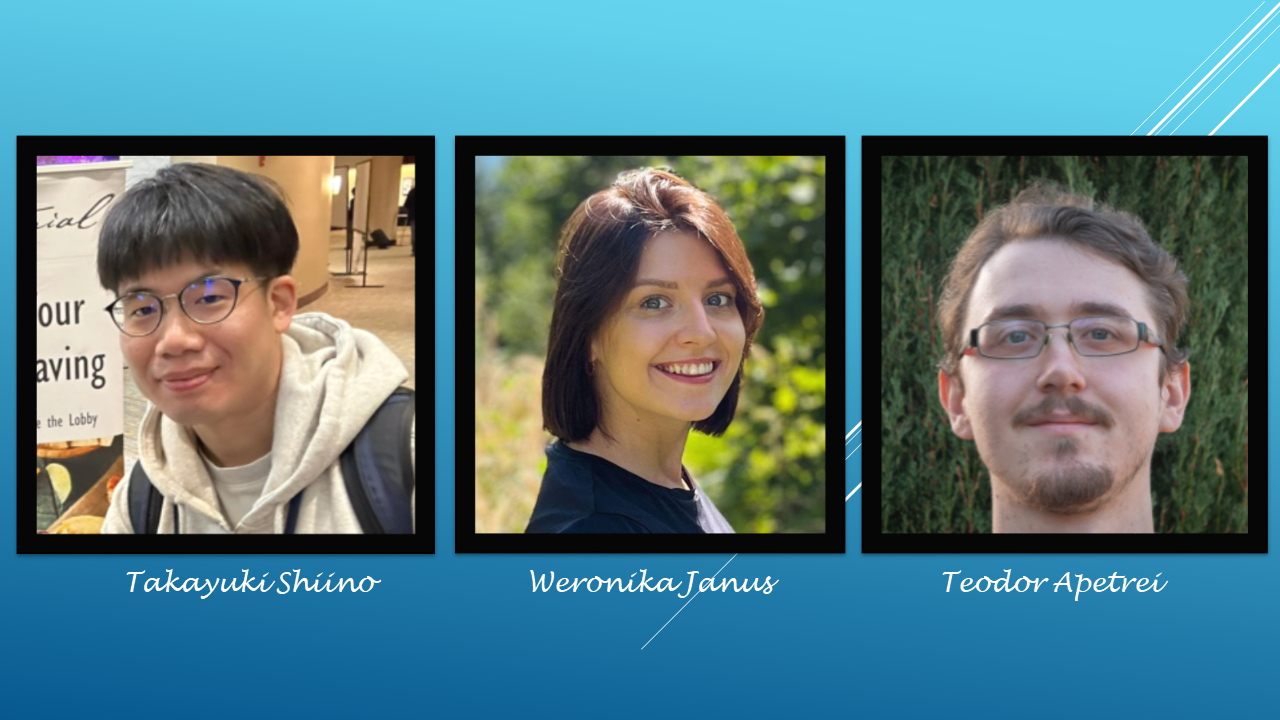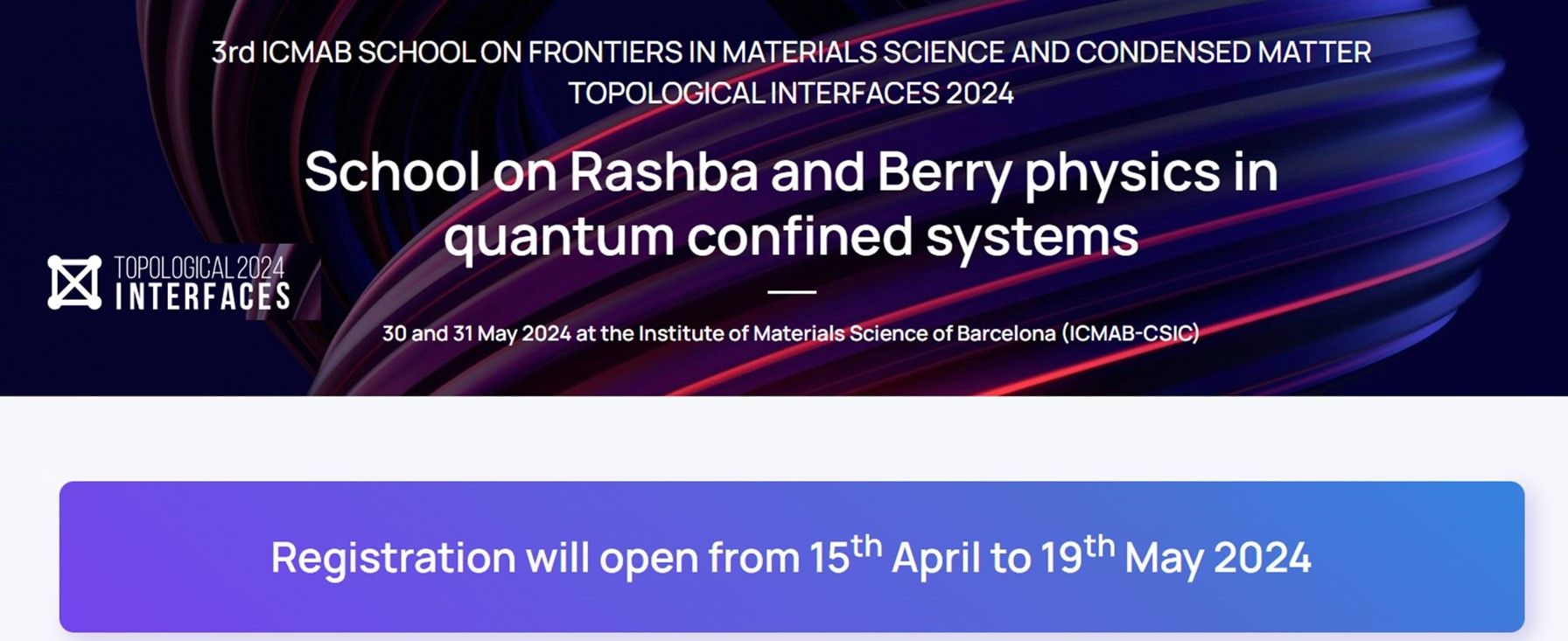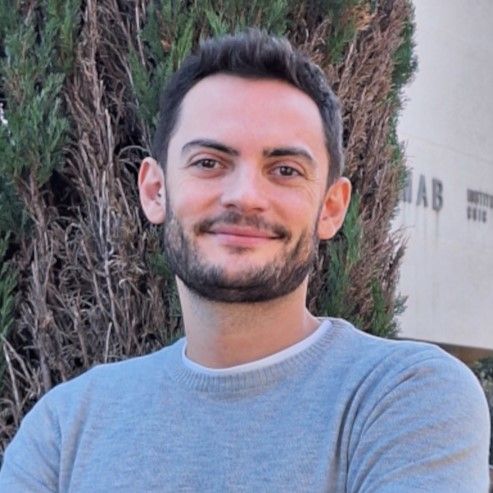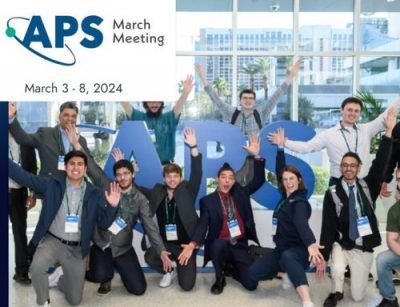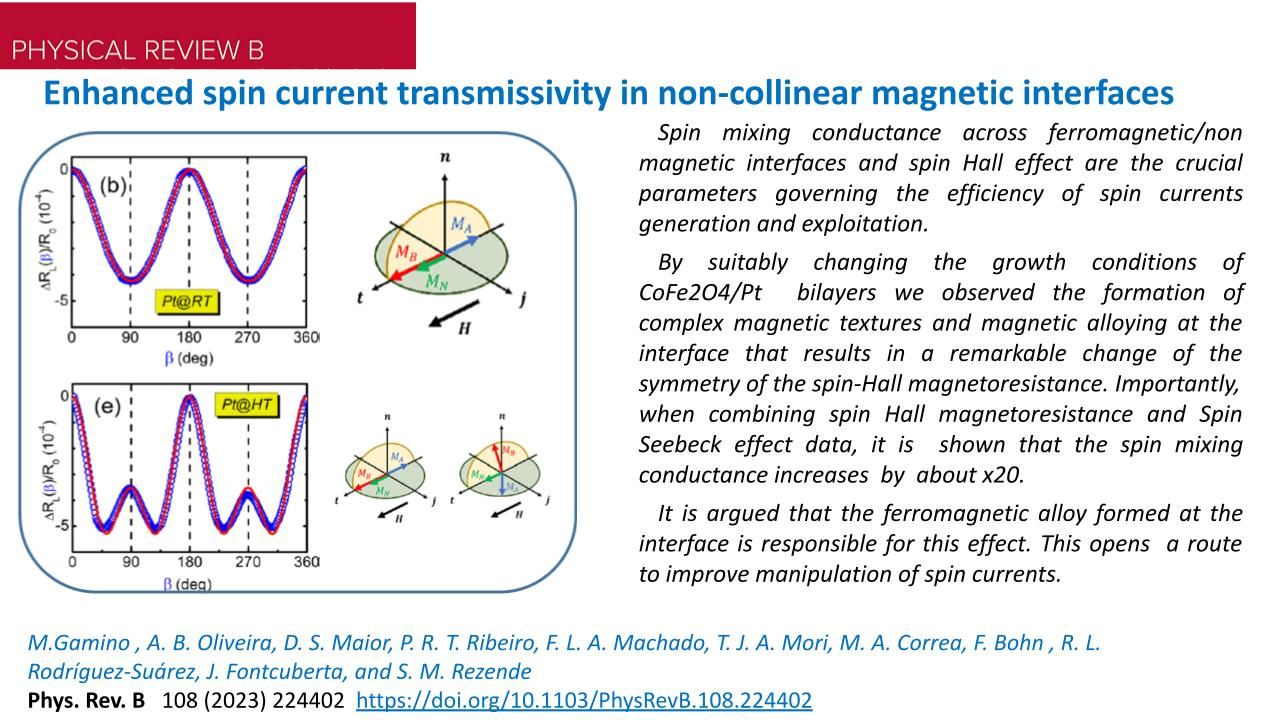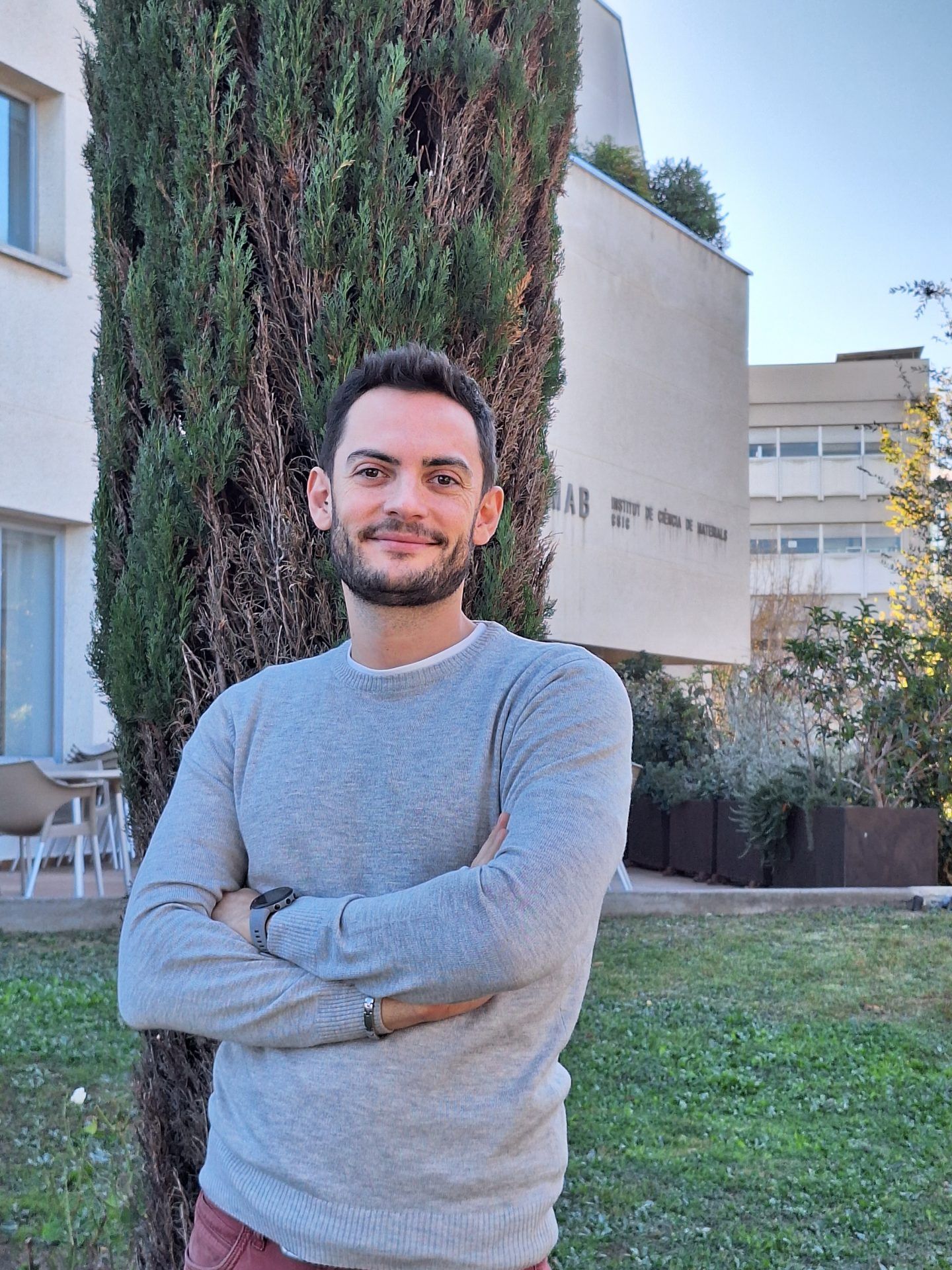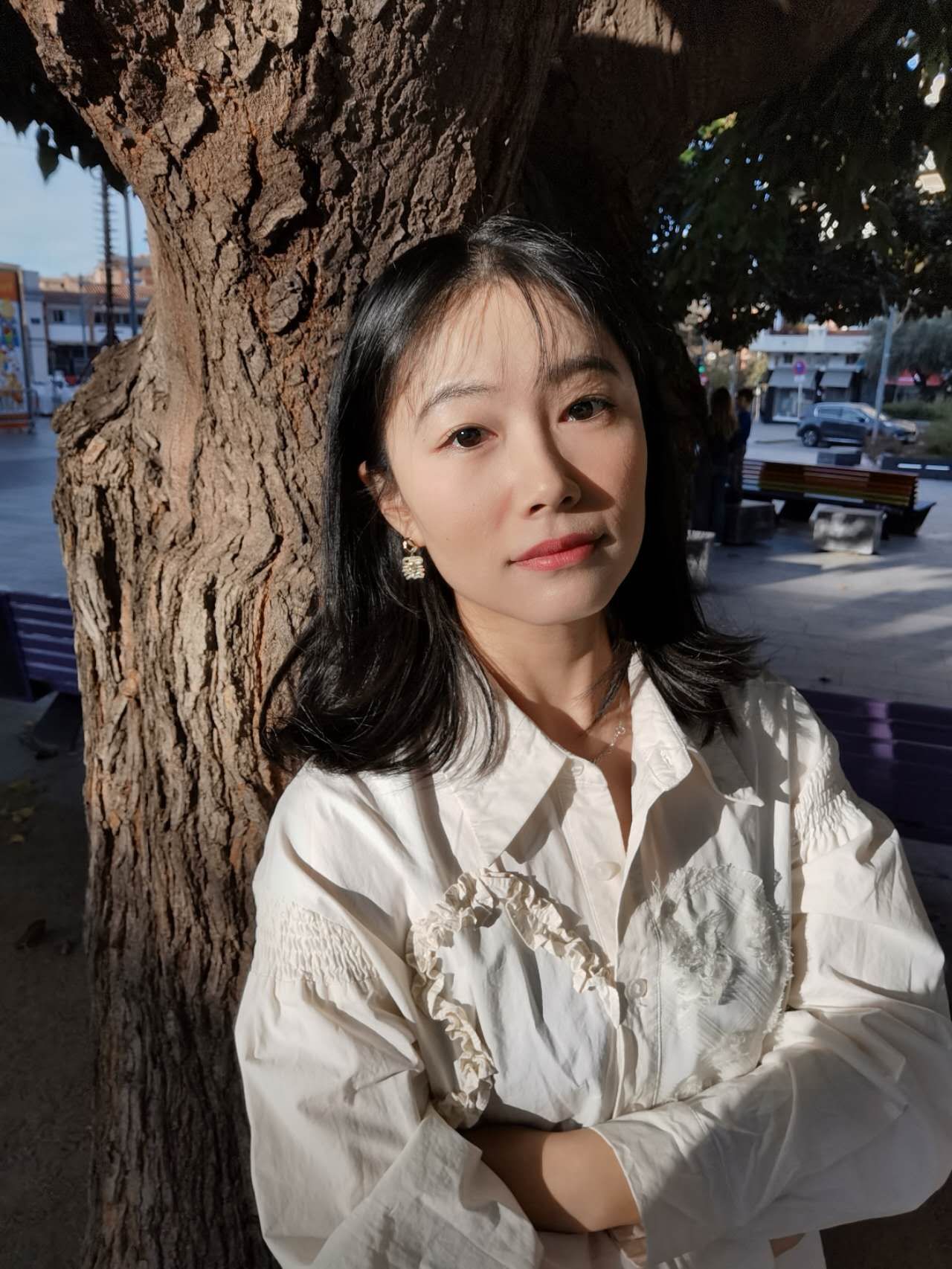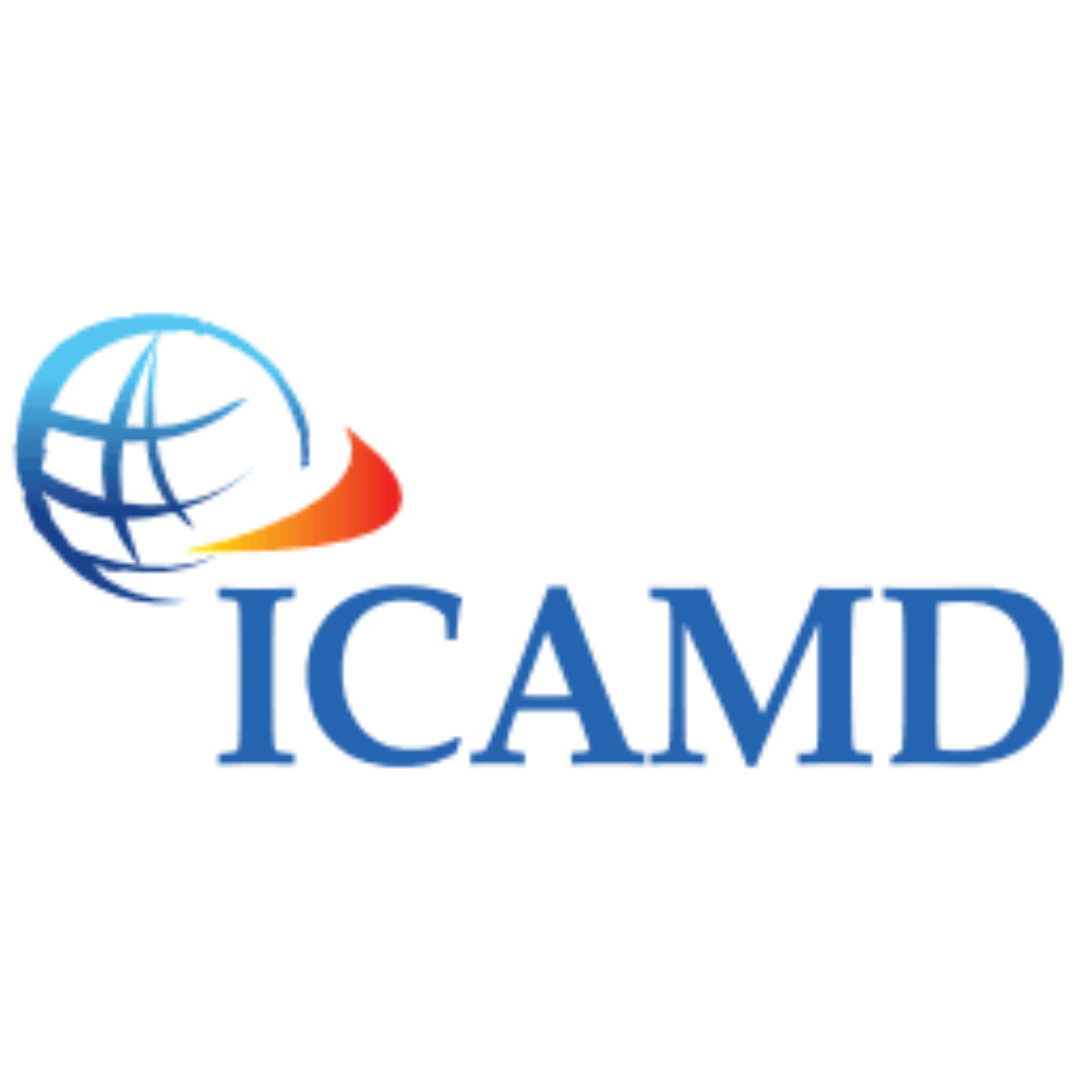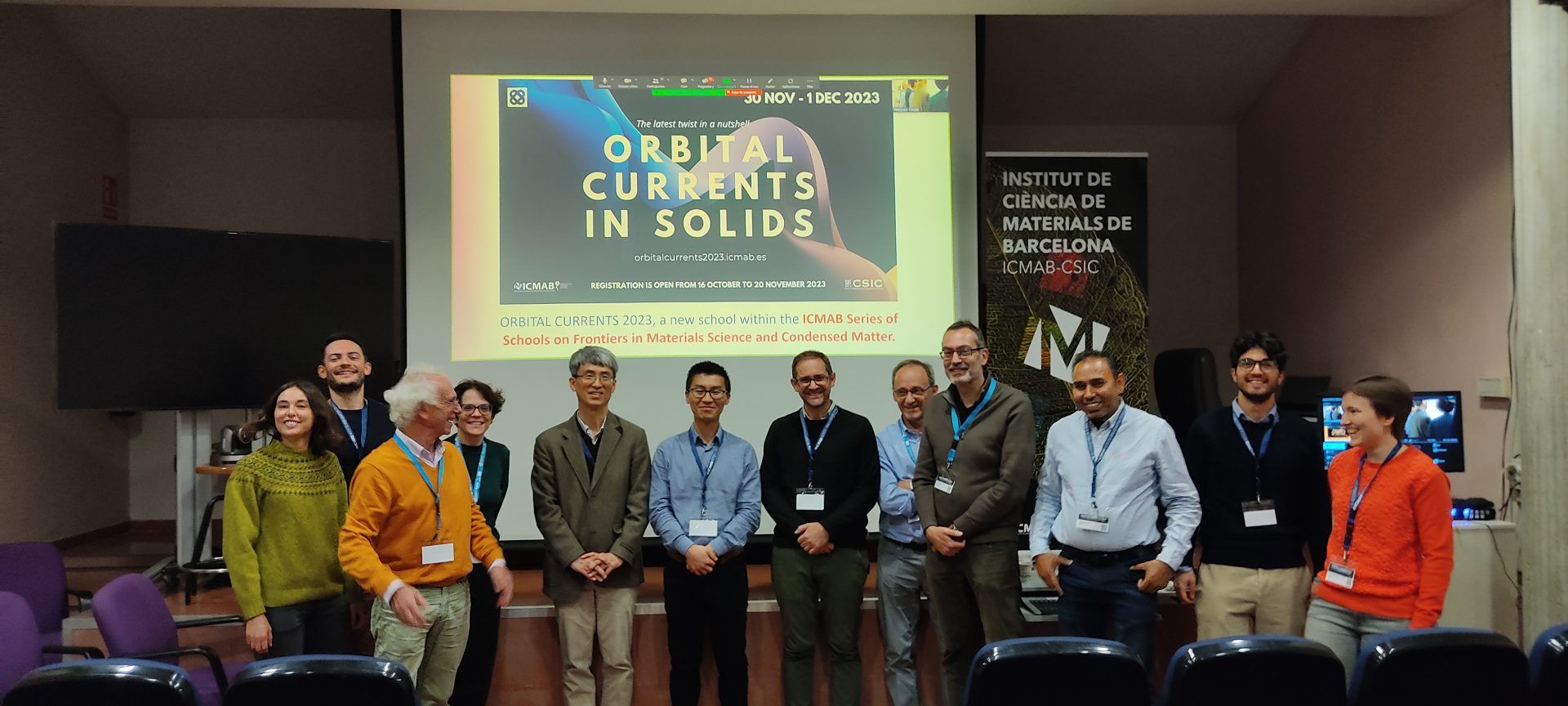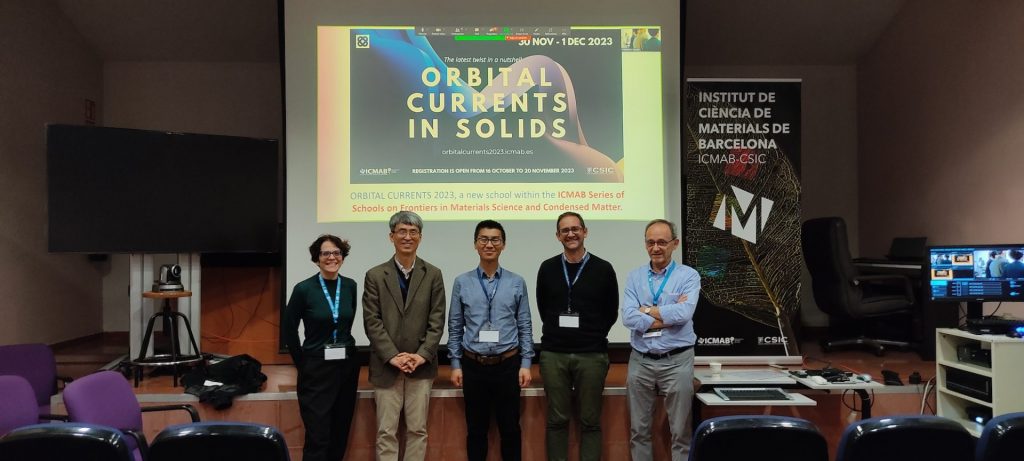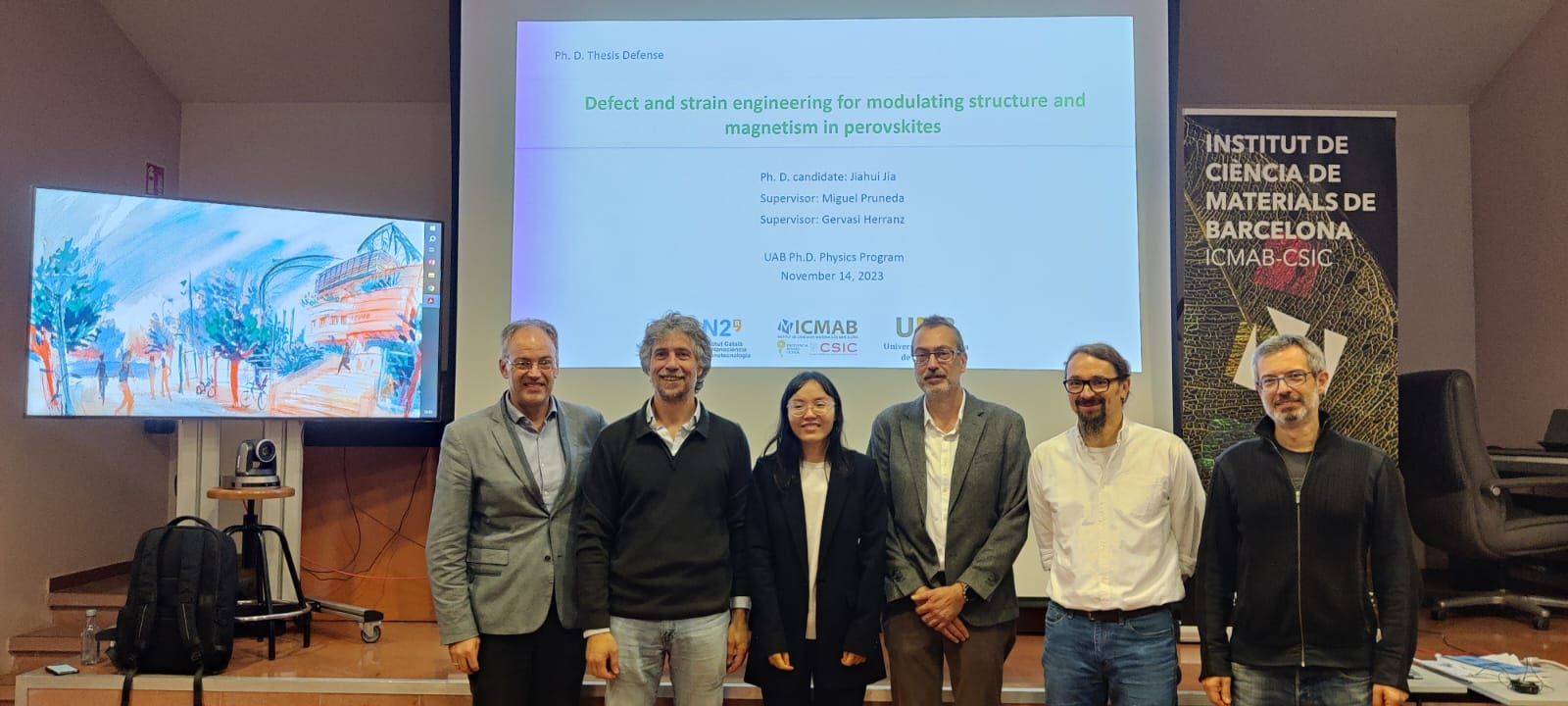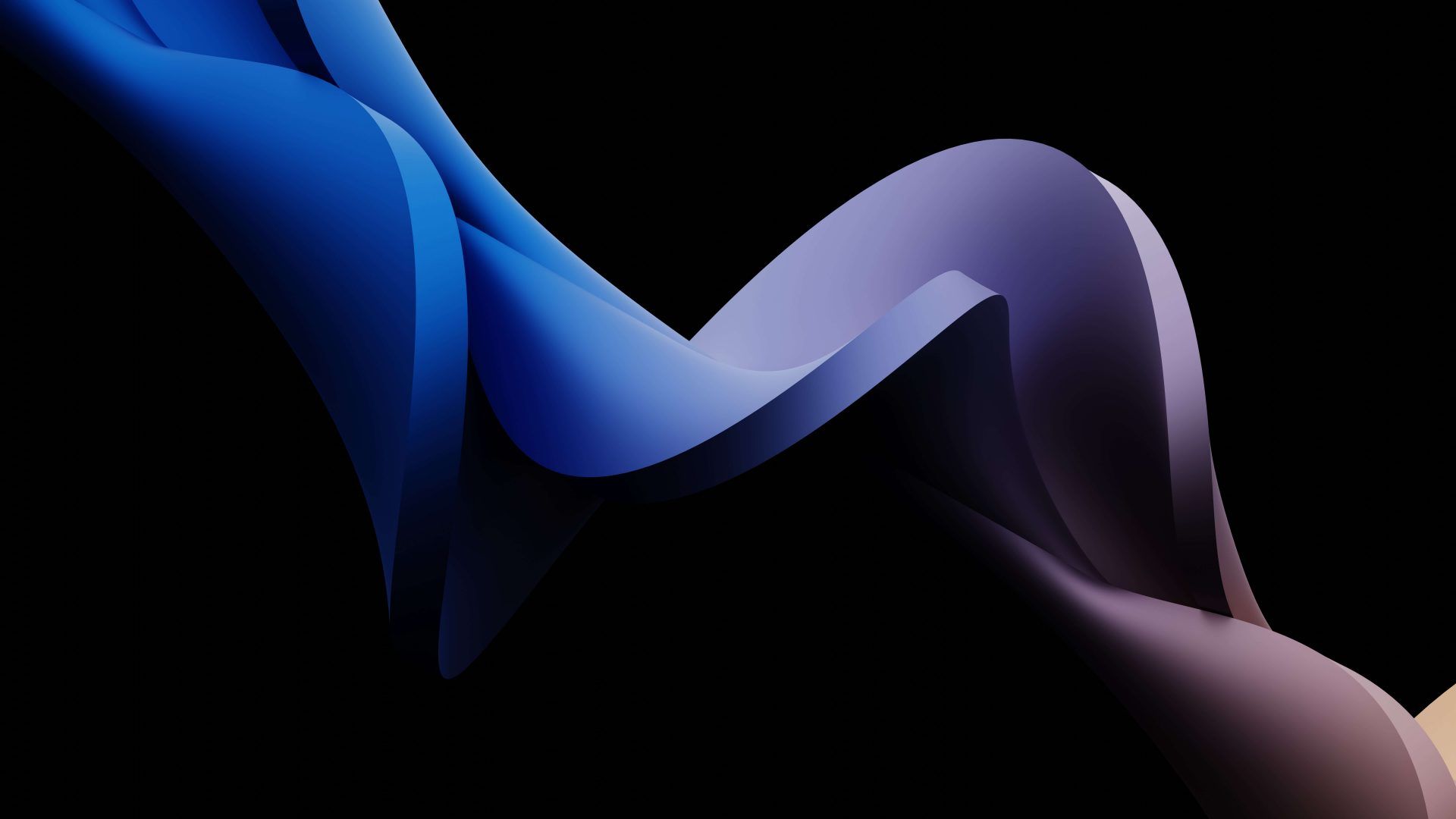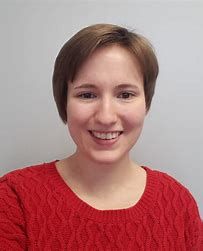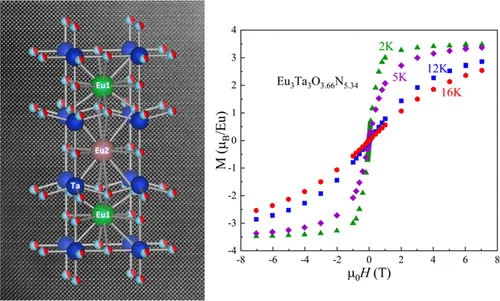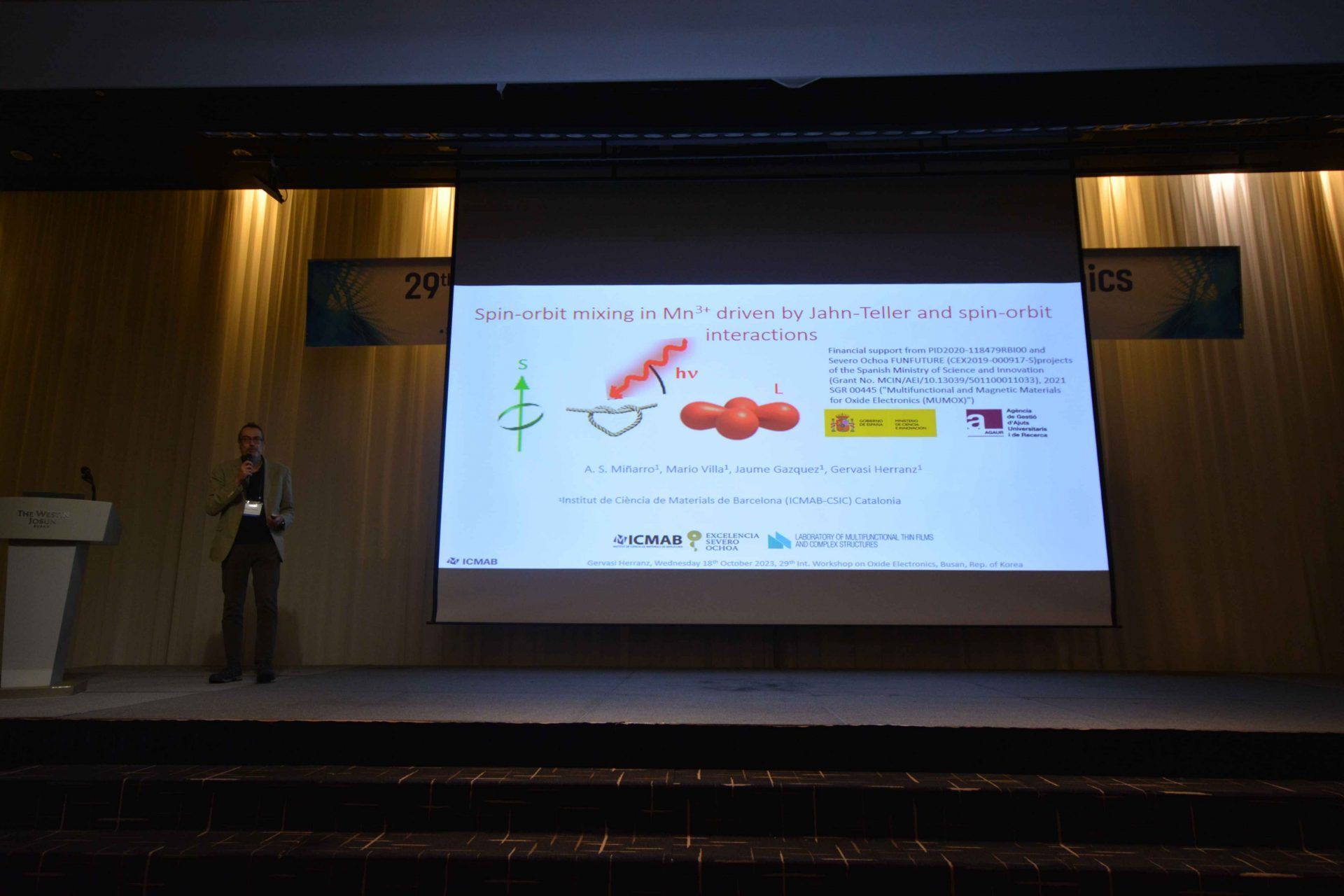We welcome Takayuki, Weronika, and Teodor in MULFOX to work on spintronics materials and devices
Dr. Takayuki Shiino and Dr. Weronika Janus joined MULFOX as postdoctoral researchers, and Teodor Apetrei joined as a Ph.D. candidate. We warmly welcome them to the group and wish them success.
Takayuki received his BSc in Physics (2013) and MSc in Materials Science and Engineering (2016) from Tokyo Institute of Technology (Japan) and KAIST (South Korea), respectively. He received his Ph.D. from Nagoya University (Japan) in 2019 with a thesis on a quantum critical phenomenon in heavy-fermion materials. After the PhD, he experienced two postdoctoral researches: Uppsala University (2019 – 2021, Sweden) and KAIST (2022 – 2024, South Korea) for the studies of quasicrystals and spintronics, respectively. His postdoctoral research at MULFOX focuses on spintronic devices with insulating ferrimagnetic materials.
Weronika studied at AGH University of Krakow, Poland, where she obtained her BSc in Biomedical Engineering (2018), MSc in Biomedical Engineering – Bionanotechnology (2019), and PhD in Physics (2014). During her PhD, she focused on the strain manipulation of magnetic properties in antiferromagnetic thin films. Her current research interest is in developing innovative magnetic insulator-based spintronic memory devices, where the information can be written and read by all-electrical means
Teodor obtained his BSc. degree in Computational Physics at University Alexandru Ioan Cuza Iasi (Romania, 2020) and his MSc. degree in Applied and Engineering Physics at Technische Universitat Munchen (Germany, 2023). The main focus of his current research is the growth and engineering of magnetic oxide and nitride thin films by magnetron sputtering with tunable interfacial chiral magnetism and perpendicular anisotropy.
